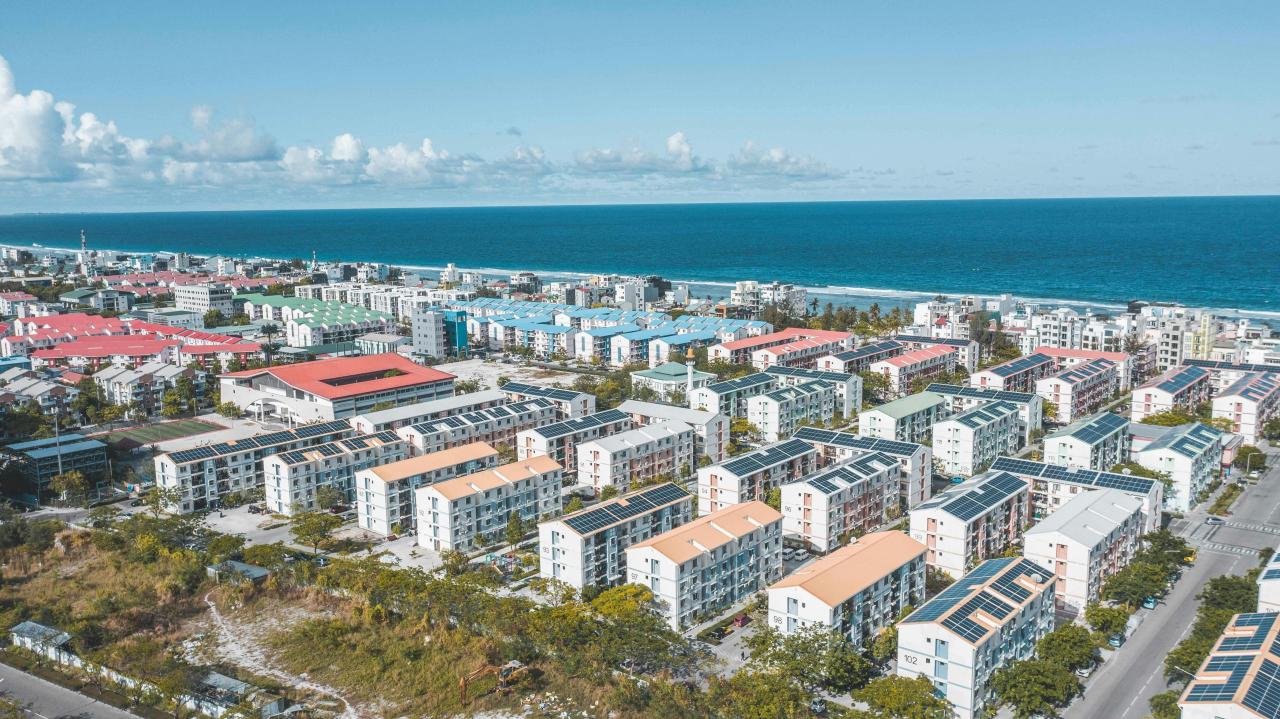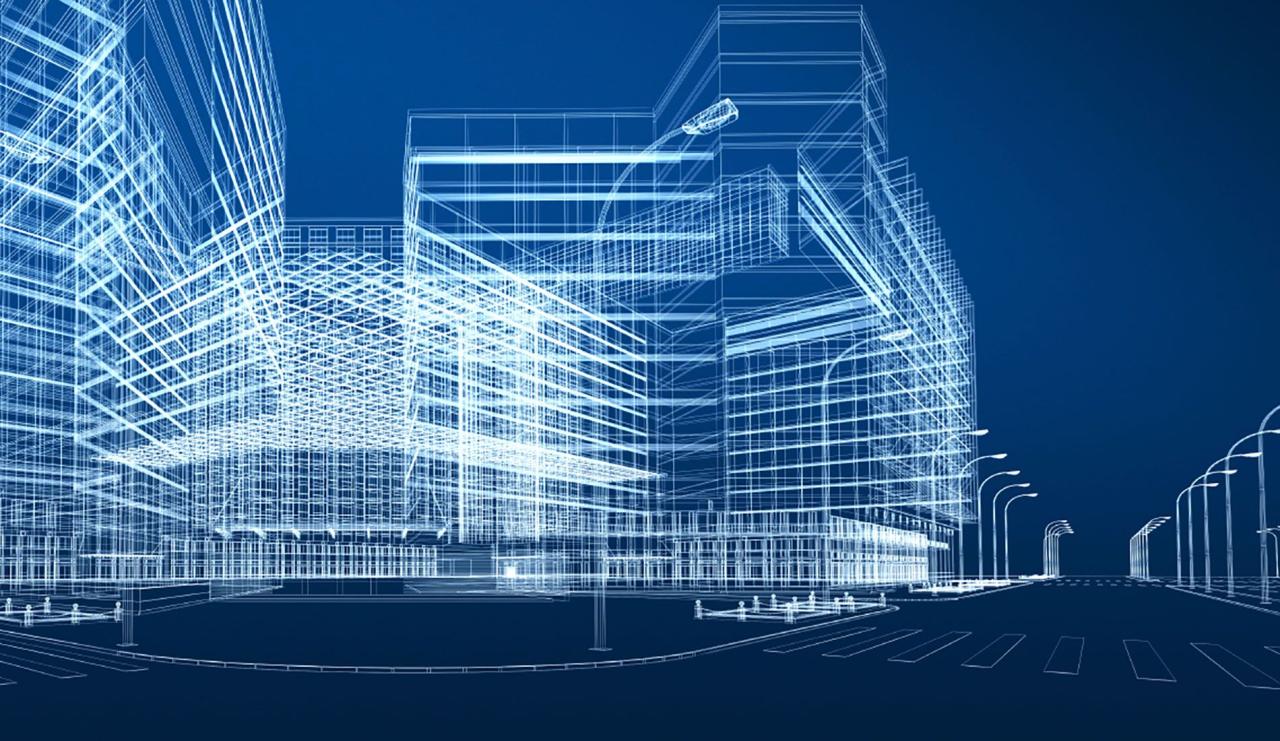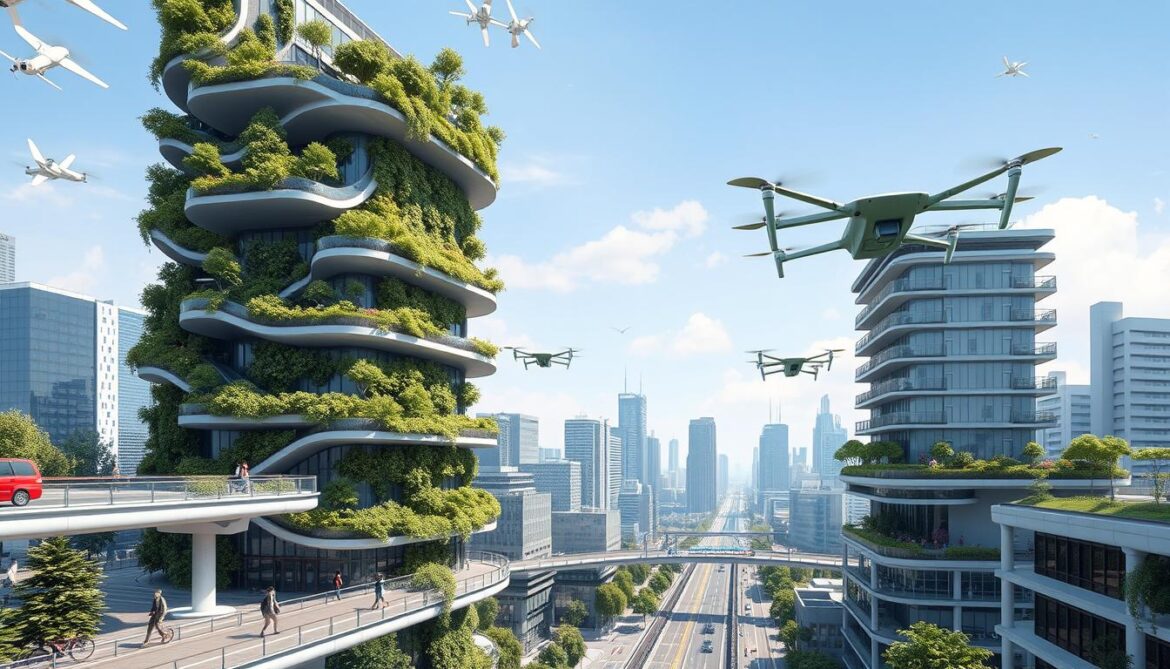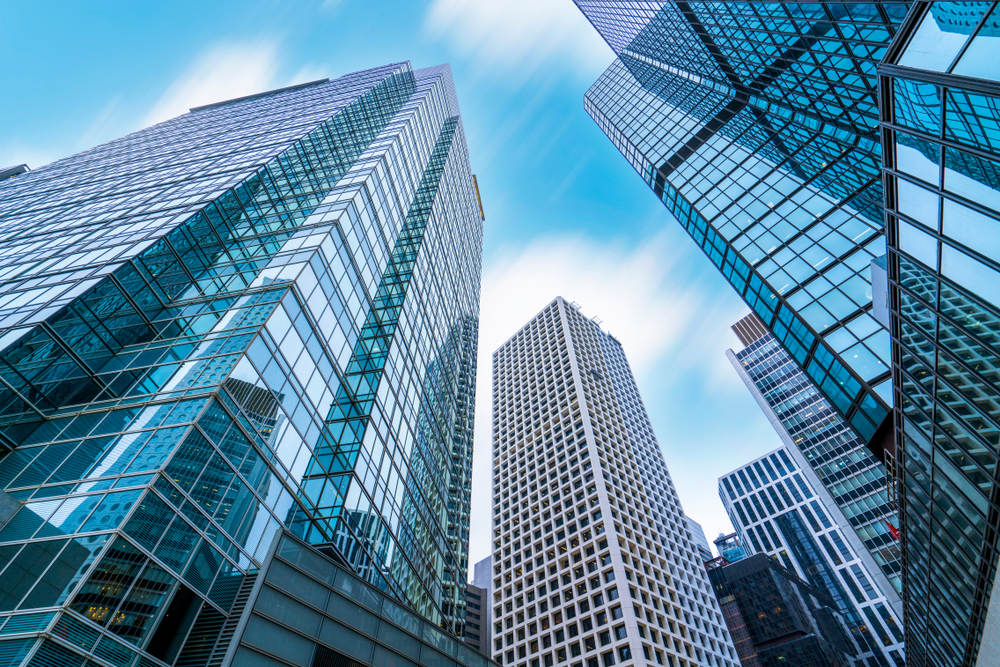In the contemporary commercial landscape, businesses are increasingly confronted with the dual imperatives of environmental stewardship and financial efficiency. Far from being mutually exclusive, these goals can, in fact, be powerfully synergistic. Integrating sustainable design principles into new construction or renovation projects is not merely an ethical choice or a future-proofing strategy; it is a direct avenue to significant, measurable financial gains, chief among them being substantial tax savings and incentives. Governments worldwide, recognizing the critical role of the private sector in achieving climate targets, have legislated a robust framework of tax deductions, credits, and allowances specifically rewarding energy efficiency and green building practices. For any company, from large-scale commercial developers to small-business owners, understanding and strategically leveraging these fiscal instruments is essential for maximizing return on investment and maintaining a competitive edge.
This detailed article explores the expansive financial benefits embedded within sustainable design, focusing particularly on the wealth of tax savings available, operational cost reductions, and long-term asset value enhancement that collectively make the initial investment in green building overwhelmingly worthwhile.
The Tax Landscape: Government Incentives for Green Buildings
The most immediate and compelling financial benefit of sustainable design often comes in the form of federal, state, and local tax incentives. These programs are specifically engineered to offset the initial capital outlay associated with high-performance building materials, renewable energy systems, and advanced energy-efficient components.
I. Federal and National Tax Deductions
In many jurisdictions, the cornerstone of commercial green building tax relief is the deduction for energy-efficient commercial properties.
A. The Energy Efficient Commercial Buildings Deduction (IRC Section 179D)
Section 179D of the Internal Revenue Code (IRC) provides a powerful federal tax deduction for the installation of energy-efficient property in commercial buildings. This provision targets improvements across three key building systems:
A. Interior Lighting Systems: Upgrading to high-efficiency LED lighting, smart controls, and daylight harvesting systems.
B. Heating, Ventilation, and Air Conditioning (HVAC) and Hot Water Systems: Installing high-efficiency boilers, furnaces, heat pumps, and energy recovery ventilators (ERVs).
C. The Building Envelope: Improvements to the building’s exterior shell, including high-performance windows, doors, roofing, and insulation that significantly reduce thermal transfer.
Crucially, the deduction amount is often based on the building’s measured energy savings compared to a specific standard, such as ASHRAE 90.1. Recent legislative updates have dramatically increased the potential deduction amount per square foot, particularly for projects that meet stringent prevailing wage and apprenticeship requirements, allowing businesses to claim a substantial, immediate deduction that significantly lowers taxable income in the year the property is placed in service. This deduction is a massive boost for both new construction and major retrofits.
B. Research and Development (R&D) Tax Credits
Companies involved in the actual innovation of green building techniques, materials, and systems can leverage the R&D tax credit. This applies to expenses related to:
A. Developing new, low-embodied-carbon construction materials (e.g., alternative cement or innovative mass timber systems).
B. Creating novel building automation software that optimizes energy usage in real-time.
C. Experimenting with advanced sustainable design techniques to exceed current energy codes.
The R&D tax credit helps lower the cost of pioneering new sustainable solutions, effectively turning corporate innovation into tax relief.
II. Renewable Energy Tax Credits
Perhaps the most universally recognized incentives are those for incorporating on-site renewable energy generation.
A. The Investment Tax Credit (ITC)
The ITC, often applied to solar, geothermal, small wind, and fuel cell property, allows businesses to claim a substantial percentage (often 30% or more, depending on project size and compliance with labor standards) of the cost of the system as a direct tax credit. Unlike a deduction, which lowers taxable income, a tax credit directly reduces the final tax bill, making it dollar-for-dollar more valuable. The scope of eligible property has expanded to include stand-alone energy storage systems, further incentivizing comprehensive energy independence strategies.
B. The Production Tax Credit (PTC)
For large-scale commercial renewable energy generators, the PTC offers a per-kilowatt-hour credit for electricity produced by the facility over its first decade of operation. This predictable, long-term revenue stream significantly enhances the financial viability of major renewable energy projects like utility-scale wind or solar farms.
III. State and Local Incentives: The Local Advantage
Beyond federal incentives, a diverse array of tax breaks, rebates, and grants are administered at the state, county, and municipal levels. These localized incentives are highly variable but can be extremely lucrative.
A. Property Tax Abatements/Exemptions: Many localities offer reduced property tax assessments or exemptions for buildings that achieve high-level green certifications (like LEED Gold or Platinum) or install specific renewable energy systems (e.g., solar panels).
B. Sales and Use Tax Exemptions: Several states exempt the sales tax on purchases of certified energy-efficient equipment and specified sustainable building materials, directly reducing procurement costs for green projects.
C. Expedited Permitting: While not a direct tax saving, some municipalities offer faster or streamlined permitting processes for certified green buildings, saving substantial time and soft costs associated with project delays.
D. Green Building Grants and Rebates: Local utility companies and government agencies frequently offer cash rebates for installing high-efficiency lighting, HVAC equipment, and smart thermostats.
Strategic developers and business owners must diligently research the specific regional incentives available to ensure they capture the full spectrum of financial benefits.
Beyond Tax: Operational Savings and Value Enhancement
While tax savings are a powerful short-term financial driver, the long-term economic case for sustainable design is cemented by persistent operational savings and enhanced asset value.
IV. Dramatic Reduction in Operational Costs
A primary goal of green building is minimizing resource consumption, which directly translates into lower monthly expenditures for the business owner.
A. Energy Cost Savings
A high-performance building envelope combined with efficient systems can drastically cut energy demand. The U.S. Green Building Council (USGBC) and other organizations have repeatedly shown that certified green buildings can achieve 25% to 30% lower energy use compared to conventional structures. These savings compound over the lifetime of the building, generating a continuous, positive cash flow.
B. Water Conservation Savings
Sustainable design incorporates water-efficient landscaping (xeriscaping), low-flow fixtures, and advanced water recycling systems. These measures significantly reduce water utility bills and, in areas prone to drought or water restrictions, offer a crucial layer of operational resilience.
C. Reduced Maintenance and Repair Costs
Green buildings often specify durable, high-quality, and locally-sourced materials known for their longevity and resilience. Furthermore, modern, efficient HVAC systems and smart controls generally require less frequent maintenance than older, less sophisticated equipment, leading to lower long-term maintenance budgets.
V. Increased Asset Value and Marketability
Green certification, such as LEED (Leadership in Energy and Environmental Design) or WELL, is now a valuable market differentiator that boosts a property’s financial performance.
A. Higher Occupancy and Rental Rates
Tenants, especially major corporations with their own Environmental, Social, and Governance (ESG) mandates, increasingly prioritize space in certified green buildings. This demand translates into:
A. Increased tenant attraction and retention.
B. Higher achievable rental rates compared to non-certified, comparable properties.
C. Lower vacancy rates due to the desirable nature of the space.
B. Enhanced Building Resale Value
Studies consistently show that certified green buildings command a higher resale price premium—often 5% to 10% or more—over conventional buildings. This is because the new owner inherits the benefit of low operational costs, resilience, and the positive brand association of a certified green property.
C. Improved Access to Capital
Lenders and investors view sustainable assets as lower-risk investments due to their reduced operational volatility and greater resilience to future energy price hikes and regulatory changes. This often leads to:
A. More favorable lending terms for green construction projects.
B. Increased interest from impact investors and ESG-focused funds.
Strategic Implementation for Maximum Benefit
Achieving maximum tax savings and financial returns requires a strategic, integrated approach from the project’s inception, often driven by the project’s architect and design team.
VI. Critical Steps for Maximizing Financial Returns
To fully capture the financial benefits of sustainable design, developers and business owners should follow these critical steps:
A. Establish Clear Certification and Energy Goals Early
The decision to pursue a high-level green certification (e.g., LEED Platinum) or a specific energy savings target (e.g., 50% below baseline) must be made during the conceptual design phase. Early integration of an energy modeling consultant and a tax specialist is crucial to optimize the design for both performance and tax eligibility. The architect’s role is paramount here, as early design decisions concerning orientation, daylighting, and material selection directly impact potential savings.
B. Document Everything Meticulously
The qualification process for most tax deductions and credits, especially 179D, requires detailed energy modeling, performance verification, and certification by a qualified professional. Maintaining comprehensive records of all specified, purchased, and installed energy-efficient components is non-negotiable for successful claims. This involves coordinating documentation across the entire supply chain and construction process.
C. Plan for Life Cycle Costing
While some sustainable components may carry a higher initial cost (e.g., a geothermal heat pump or advanced insulation), the life cycle cost analysis often proves them to be cheaper over the long term. This analysis should factor in:
A. Annual operational savings.
B. Projected maintenance and replacement costs.
C. The immediate value of tax deductions and credits.
This holistic financial perspective justifies the initial green investment and must be central to the project’s financial planning.
D. Engage Tax Specialists with Expertise in Green Incentives
Navigating the complex and frequently updated world of federal and state energy-related tax codes is difficult. Engaging a specialist firm with deep expertise in Section 179D, the ITC, and local incentives ensures that no potential benefit is missed and that all documentation meets stringent legal requirements. They can also advise on the proper allocation of the 179D deduction, which can sometimes be passed to the building’s designer (the architect or engineer) if the owner is a non-taxable entity.
 Conclusion
Conclusion
Sustainable design has evolved from a niche preference to a mainstream financial strategy. The proposition is compellingly clear: the upfront investment in high-performance construction and renewable energy is systematically and generously subsidized through government tax incentives, creating an immediate and substantial reduction in the project’s net cost. This financial benefit is then locked in by long-term operational savings in energy and water, coupled with a significant boost to the building’s market value, attractiveness, and overall resilience. For forward-thinking businesses and the architects who design their spaces, leveraging the comprehensive framework of tax savings is not an optional extra—it is an indispensable component of a responsible, profitable, and future-proof business model. The era of seeing green as a cost is over; today, sustainable design unequivocally generates tax savings and superior financial returns.

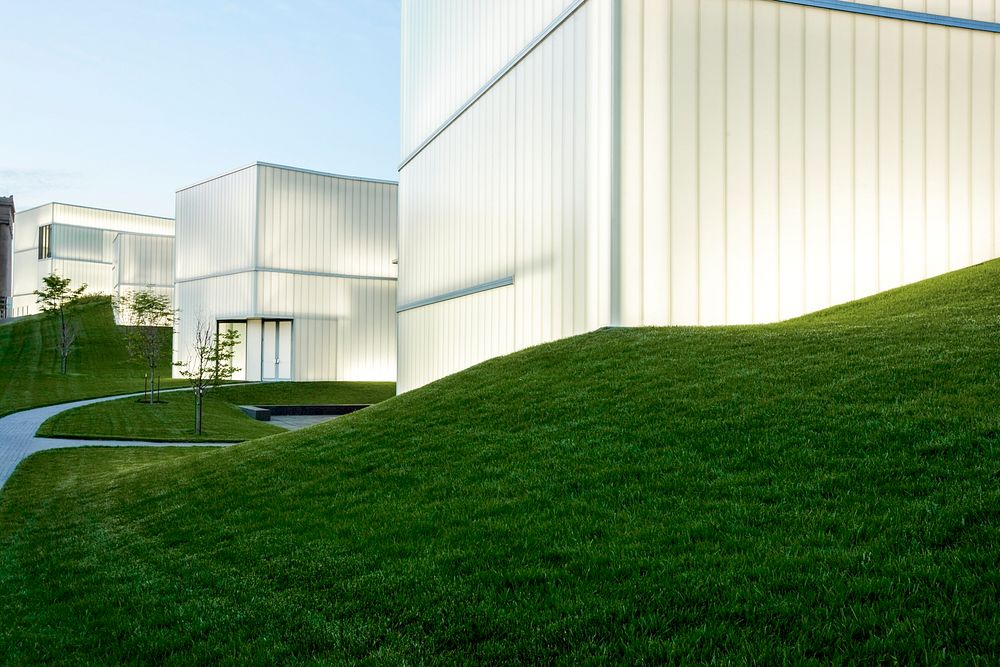

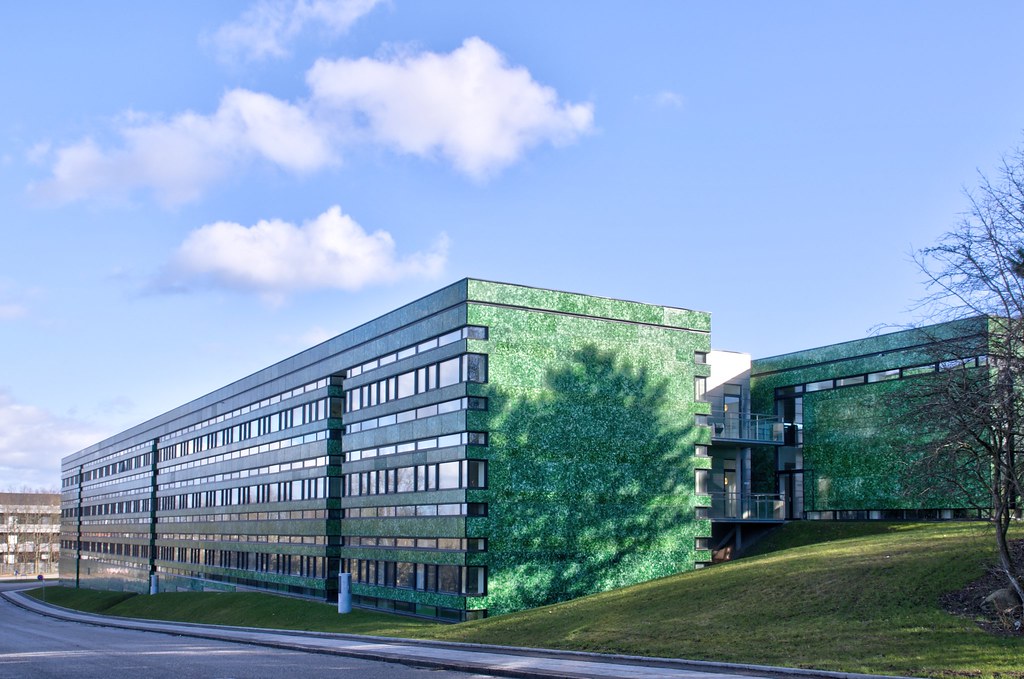 Conclusion
Conclusion
